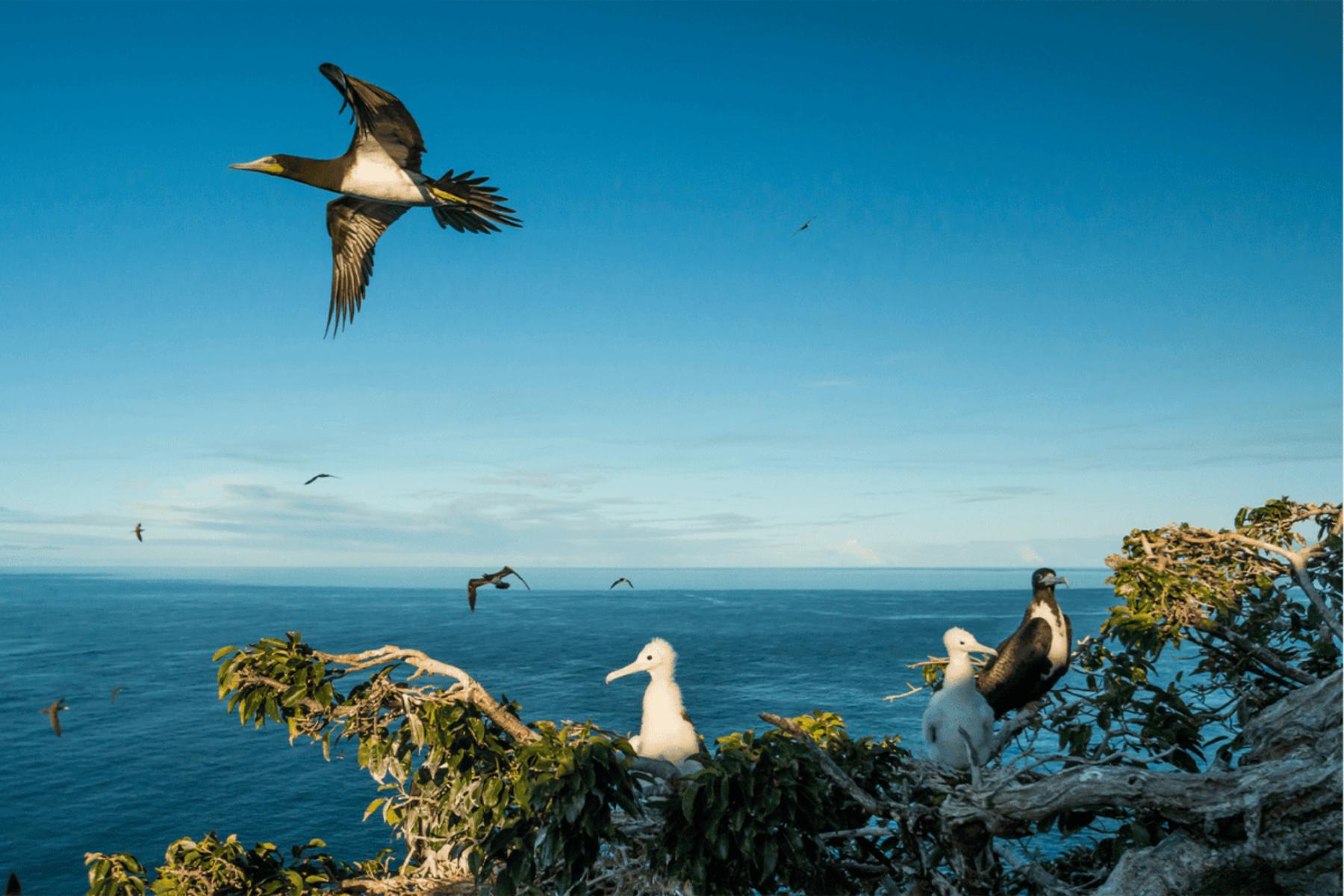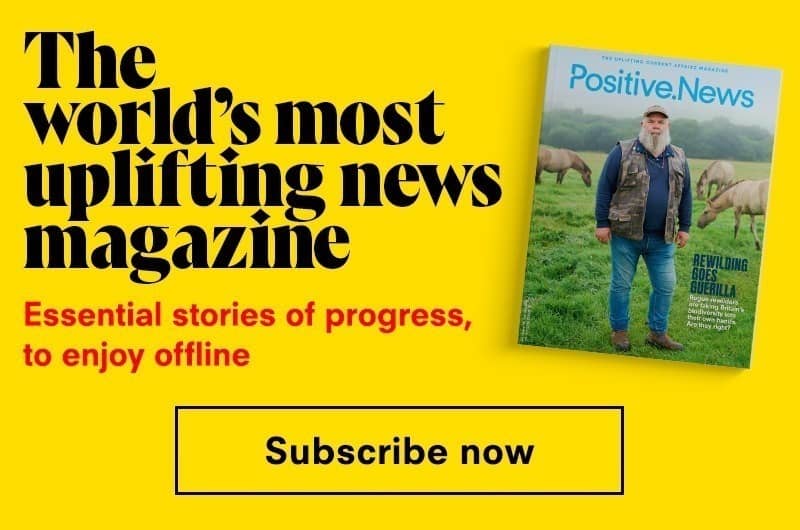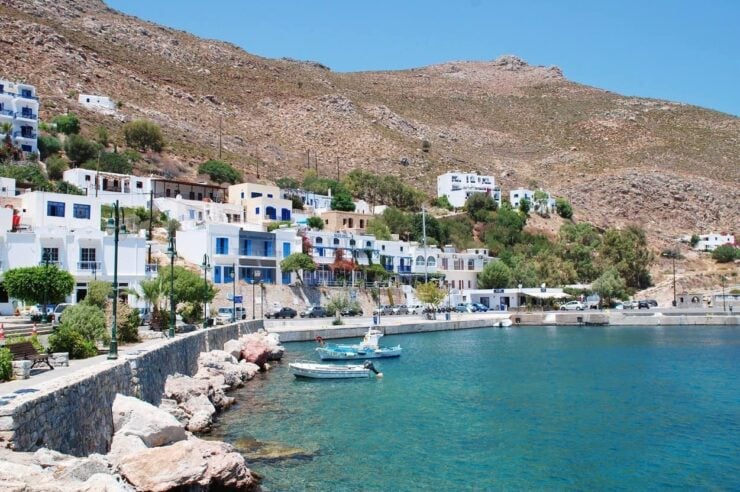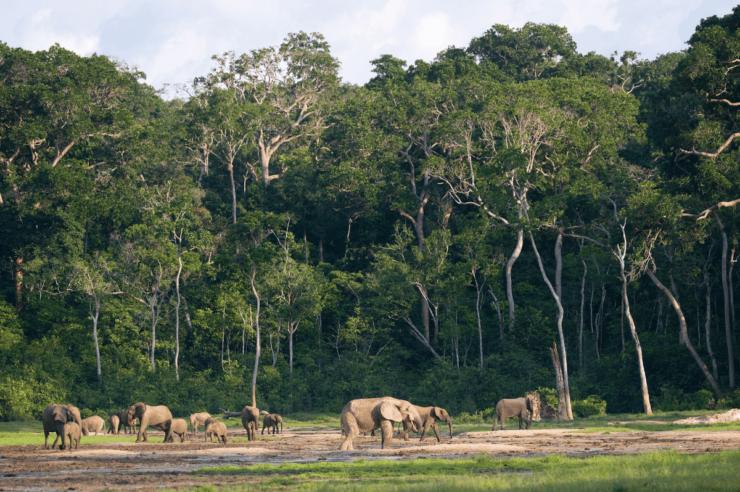How a rat-ridden island in the Caribbean Sea was transformed into a hotbed of biodiversity
Seven years ago, Redonda, a volcanic island in the Caribbean Sea, resembled the moon’s surface: a dusty, debris-covered, barren terrain.
The island, which is part of Antigua and Barbuda, had once been mined for guano, seabird excrement used for fertiliser. However, mining operations on Redonda ceased around the start of the first world war, and when the miners were gone, they left behind a legacy of rats and goats.
Over the successive decades, the rats and goats stripped Redonda of its vegetation. Rocks and soil slid into the sea, damaging the reefs and seagrass and making it dangerous for anyone to venture on to the island.
Then, in 2016, conservationists began removing the rats and goats to restore the island. They first used a rodenticide to eliminate the rats while not harming other biodiversity. Then, they captured and transported the small population of goats by helicopter off the island, most of whom had been starving due to the lack of food on Redonda.
Once these invasive animals were gone, Redonda transformed faster than anyone could have imagined. Native trees and grasses sprouted back. Seabirds like brown boobies (Sula leucogaster) and red-billed tropicbirds (Phaethon aethereus) recolonized the island. According to conservation experts working to restore Redonda, the population of the critically endangered and endemic Redonda ground dragon (Ameiva atrata) has increased thirteen-fold since 2017.
“The island was in such a dreadful state that everyone thought it was going to need an awfully long time to recover,” says Jenny Daltry, Caribbean alliance director for the NGOs Re:wild and Fauna & Flora International. “But we were seeing changes really fast.”
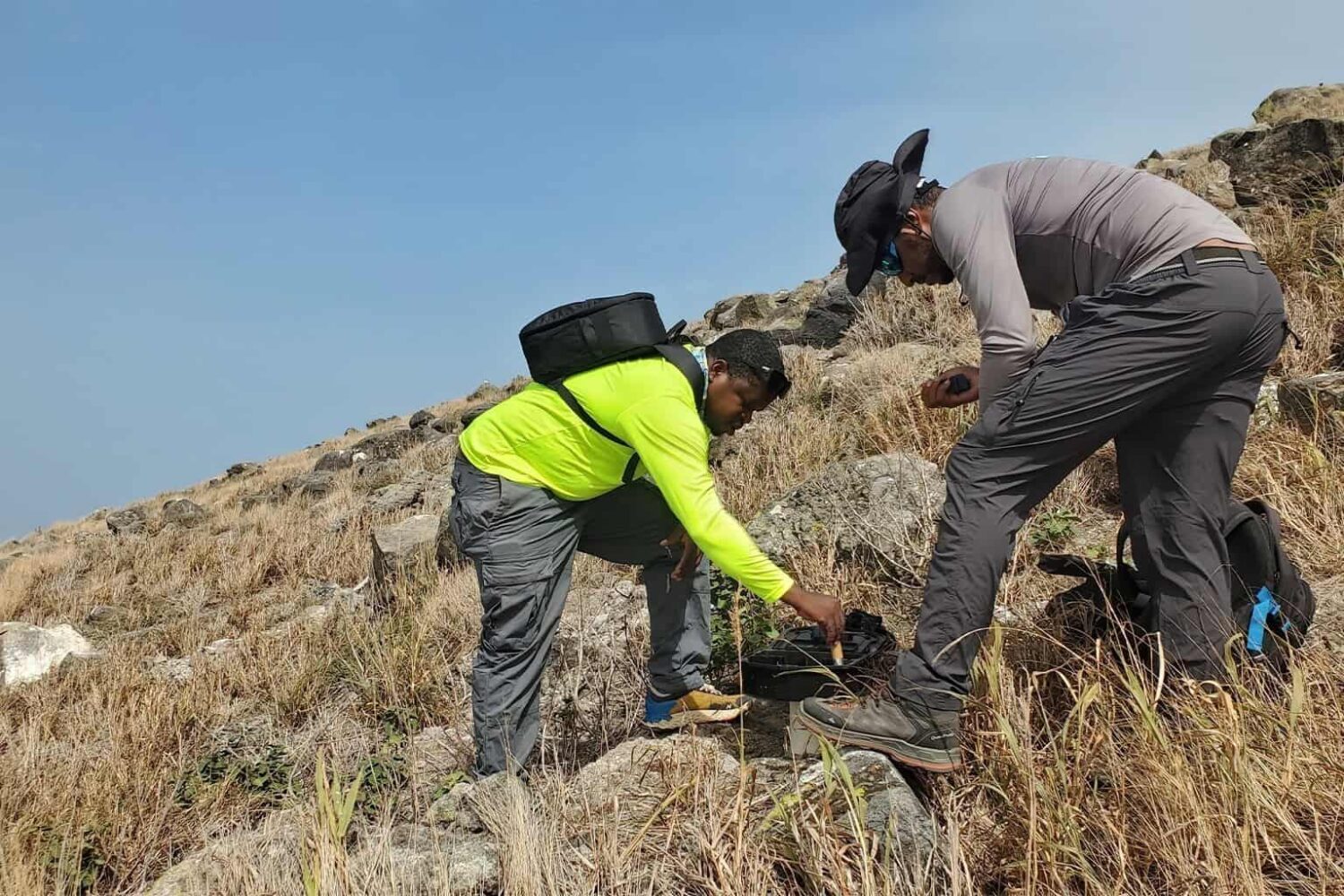
EAG staff monitoring Redonda Island in June 2022. Image: Olivier Raynaud
After the successful restoration of Redonda, the government of Antigua and Barbuda announced this month that it had established the Redonda Ecosystem Reserve, covering nearly 30,000 hectares (74,000 acres) of land and sea, an area a quarter the size of Rome, which encompasses the terrain of the island as well as the seagrass meadows and coral reef surrounding it.
Arica Hill, the executive director of the Environmental Awareness Group (EAG), an NGO based in Antigua and Barbuda that was involved in the restoration effort, called the establishment of the reserve a “good jumping point” for future conservation action in the Caribbean, which is peppered with small islands overrun by invasive species.
“What we’re hoping to see is that we’ll be able to use the same model of NGOs working with government, working with private individuals and private agencies to come up with a system of managing an area,” Hill told Mongabay.
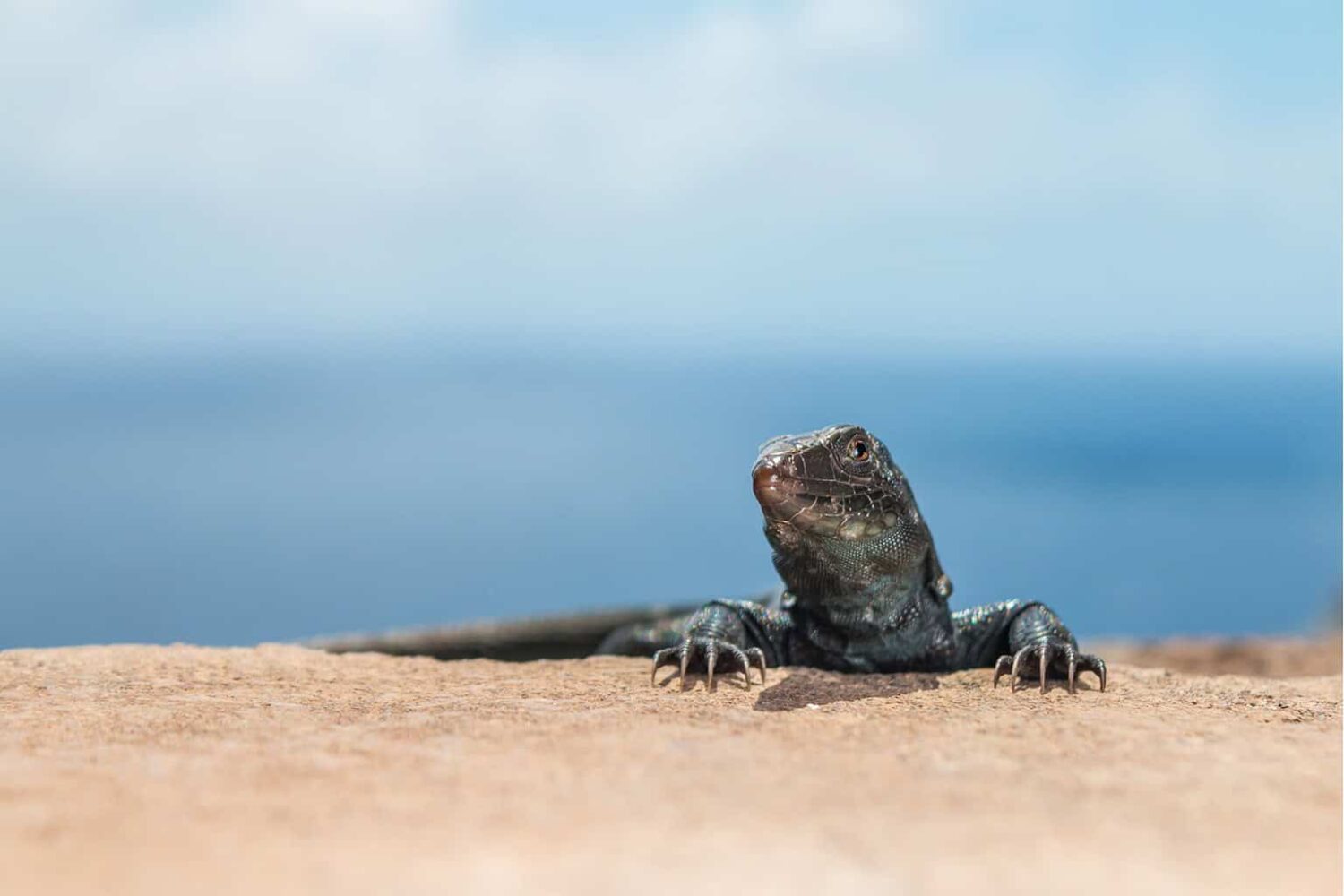
Redonda ground dragon on Redonda Island of Antigua and Barbuda. Image: Ed Marshall/Fauna & Flora
Removing invasive species has also been done to restore islands in many other parts of the world, including French Polynesia, Tonga and South Africa. The effectiveness of this restoration method is also supported by science. A 2022 study found that removing invasive species, such as rats, rabbits, cats and pigs, was 88% effective in restoring biodiversity on island habitats.
Daltry says she expects more positive changes on Redonda and its surrounding sea in the coming decades.
“Without vegetation, things were just crumbling into the sea, smashing up the reefs and the seagrass meadows,” Daltry says. “But we should see that pressure decrease on the coral reefs and the seagrass meadows to start to recover as well.
“When you remove rats on an island, seabird populations recover, and indeed, we can already see the seabird populations increasing,” Daltry adds. “And there’s very close connections between the state of the seabirds and the state of fish.”
Hill says the most exciting part about Redonda’s restoration and establishment as a protected area is seeing “Antiguans and Barbudans fall in love with Redonda and be at the forefront of conservation action.”
“Antigua and Barbuda has not always been at the front and center [of conservation], and it’s not a picture that we’ve grown up seeing,” Hill says. “And I’m so excited and so proud of my team of people who are Antiguans and Barbudans.”
This article is republished from Mongabay under a creative commons license. Read the original article.
Main image: Seabirds nesting on Redonda Island. Credit: Ed Marshall/Fauna & Flora
You’re the solution that Positive News needs
Our small, dedicated team is passionate about building a better alternative to the negative news media. And there’s never been a greater urgency to our mission.
But to invest in producing all the solutions journalism that the world is longing for, we need funding. And because we work in your interests – not those of a wealthy media mogul or corporate owner – we’re asking readers like you to get behind our team, by making a regular contribution as a Positive News supporter.
Give once from just £1, or join 1,200+ others who contribute an average of £3 or more per month.
Join our community today, and together, we’ll change the news for good.
